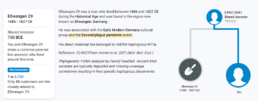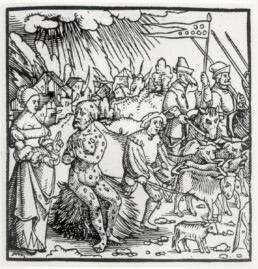By: Miguel Vilar
Ancient DNA samples now come with more context with Events! Explore your Ancient Connections and learn about the lives of your ancient ancestors.
For most high school and even college students, history class can often be a litany of facts. A tedious memorization of dozens of past battles, events, and highlights about the lives of hundreds of dead people. But what if you had learned in your history class that it was one of your own ancestors who fought in a memorable battle, survived a deadly plague, or took part in a massacre? That would undoubtedly make history more memorable and even personal. Well, a new mini-feature in FamilyTreeDNA’s Discover™ tool known as Events lets you do just that. You can match your lineage to those of people involved in specific historical events, and by doing so, you’ll learn even more about your ancestors.
Accessing Events in Discover™
Events are not the subject of a specific report. Instead, they are a new section of the Ancient Connections Report. To access them, head to Discover™, and enter a haplogroup you’re researching. Under the “Ancient Connections” page, review each of the ancient samples connected to the haplogroup. If the sample has historical context, you should see a new section describing the life of that person.
Event: St. Brice’s Day Massacre
One such historical event was the St. Brice’s Day Massacre of November 13, 1002. On this dreadful day, the English King Æthelred the Unready ordered the killing of all Danes (or Vikings) in his country. History tells us that the medieval king feared so much for his life and his stronghold over his land that he gave an order that all men of Danish or Viking ancestry be killed.
In 2008, more than a millennia later, the bodies of 37 men were unearthed together near the modern-day city of Oxford. They were found to be charred, as the massacre story recounts. The Y-chromosome haplogroups associated with the victims of the massacre were primarily from a specific haplogroup I subgroup. The findings suggest that the remains were likely of Scandinavian origin.
Furthermore, the radiocarbon dates estimated by researchers suggest that the remains were from men who died just about 1002 A.D. If you belong to one of these haplogroup I lineages, it may have been your ancient relative who passed away that day.
Event: The Plagues
Even more tragic and much more deadly was the historic series of plague pandemics that ravaged Eurasia during the Middle Ages. One of the deadliest was the Second Plague pandemic. Historians suggest that the Second Plague began with the infamous Black Death, dating back to 1347, and was responsible for possibly as many as 200 million deaths. The Second Plague may have continued with less deadly bouts until the 17th century, forever changing the demography of Europe.
Recent work at an archaeological site in Ellwangen, Germany, led to the discovery of dozens of skeletal remains that have been directly associated with the deadly disease. Through detailed analysis of these finds, scientists were able to conclusively associate the remains with the plague by genetically identifying the presence of the bacteria Yersinia pestis among the human remains. The Yersinia bacteria that caused the deadly plague was carried by rats, which were commonly found throughout the growing villages and small cities of Europe during the late Middle Ages and even into the Renaissance era.
This is an example where the human remains yielded both human and bacterial DNA, which together with the radiocarbon date and historical accounts of the plague in that town, confirm the connection to the historical event.
Event: The Battle of Himera
Sometimes, however, it is the remains of warriors from famous battles that are discovered, giving us the most personal look at who lived, fought, and died in these historic wars.
One such event was the Battle of Himera in 480 BCE in Sicily, Italy. History suggests that during this battle the Greek militia fought back the Carthaginian occupation of Sicily, giving the North Africans a sound defeat and loosening their grip on southern Europe, just a few centuries before the rise of the Roman Empire. The Battle of Himera was one of the most impactful battles of the Sicilian Wars.
Most Y-chromosome haplogroups found among the remains at the Himera site, and thus associated with the battle, belong to R1b and T. These findings suggest they may have been of European ancestry. However, haplogroups J and E, which have strong ancestral connections to North Africa, are also present among the warrior’s remains. What is not immediately clear is whether the remains are those of the victors or the losers of that bloody Iron Age battle.
Your Ancient Connections
Does your haplogroup match any of these or other famous historical events? Stay tuned for more events as the FamilyTreeDNA Discover™ tool continues to grow. If you know something about your ancestors, haplogroup, or connection to history and want us to know about it, feel free to share with us any historical information you come across.

About the Author
Miguel G. Vilar, PhD.
Professor, Author, and Consultant for FamilyTreeDNA
Dr. Miguel Vilar was a Senior Program Officer for the National Geographic Society (NGS) and Lead Scientist for NGS’ Genographic Project, a multi-year anthropology study that aims to map human migration patterns by collecting and analyzing DNA samples from hundreds of thousands of people from around the world. By training, Vilar is a molecular anthropologist and science writer.
In addition, Vilar is a professor of Biology and Anthropology and publishes in both anthropology and genetics academic journals, as well as in popular print and online magazines. Vilar is also a public speaker, writer, and consultant with FamilyTreeDNA.





What about Himera 10943 with Slavic/Balto-Slavic R1a-CTS3402? I am R-FTB42580, which is downstream of CTS3402, from Kosovo. We share a common paternal line ancestor from ~1950BCE (CTS3402). Mercenary from Eastern Europe/Baltic Sea region hired by the Greeks?